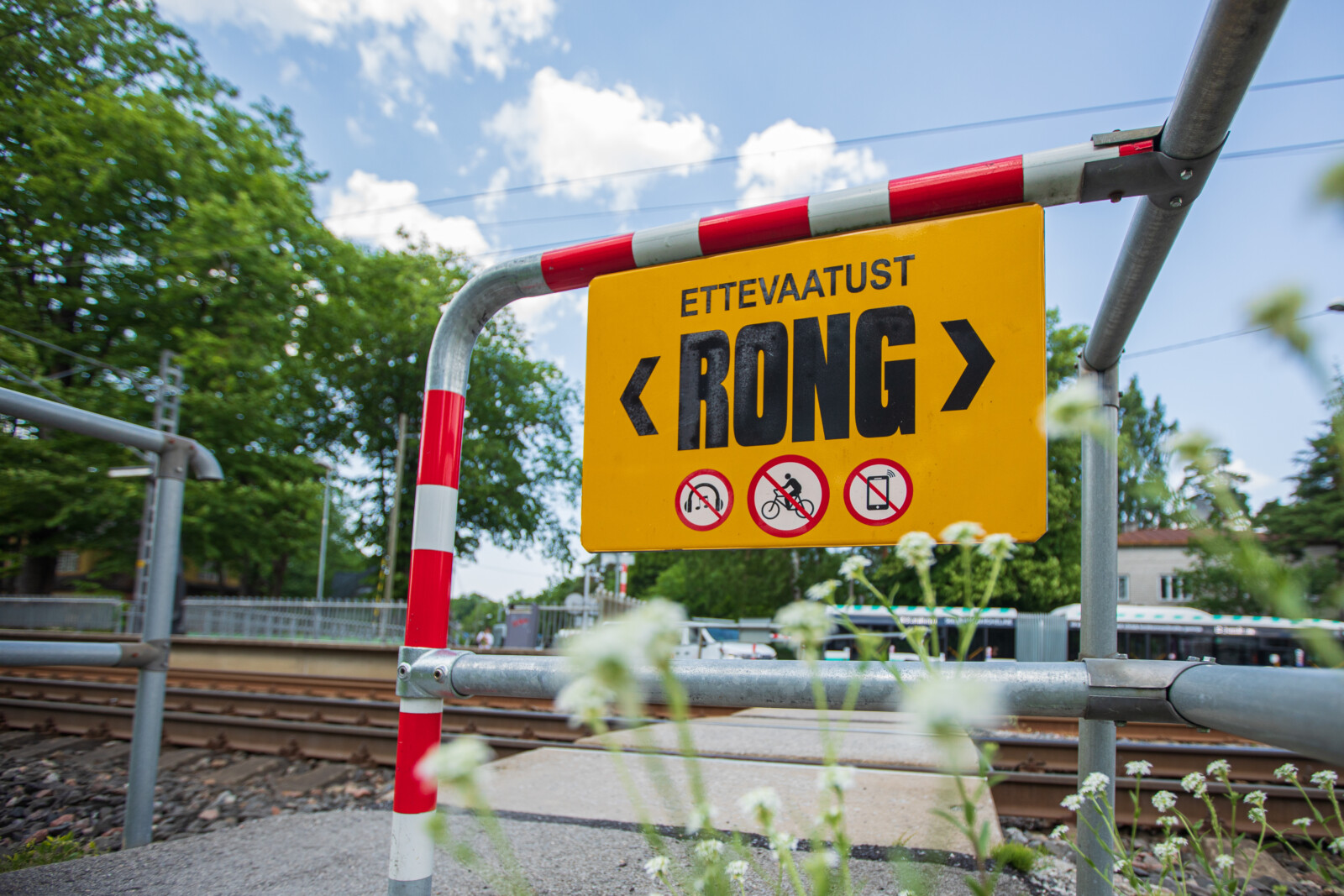Report of the railway accidents investigated in 2021
Preface to the report
The new version of the Railways Act approved by the Riigikogu came into force in Estonia on 31 March 2004. Thus the provisions of the Railway Safety Directive 2004/49/EC were legalised in the Estonian judicial area. On the same day the safety investigation unit of railway accidents was formed as part of the Crisis Regulation Department of the Ministry of Economic Affairs and Communications. With this a legal as well as an organisational basis for conducting safety investigations in the country were set. There was already an investigation unit for aviation accidents at the Crisis Regulation Department and later an investigation unit for maritime accidents was added.
On January 1, 2012, a unified multimodal Safety Investigation Bureau (ESIB) was formed on the basis of the transport accident investigation units of the Crisis Regulation Department. The ESIB conducts safety investigations of maritime, aviation and railway accidents and incidents.
Subsequent changes came into force on 31 October 2020 by which the European Parliament and Council Directive (EC) 2016/798 on railway safety was applied to the Estonian judicial area. In Estonia, occurrences affecting railway safety are accident, serious accident and incident. This list is pursuant to the classification of occurrences affecting railway safety in the Railway Safety Directive. Safety investigations take place independently from all other investigations of the same occurrence. National legislation in line with the Safety Directive has been established for the organisation of safety investigations.
During the reporting year, the intensity of rail traffic started to recover from the negative effects of Covid-19. With the increase in the intensity of railway traffic, the same tendency appears with indicators reflecting safety violations. During the reporting year no serious accidents or incidents took place that required a safety investigation. The ESIB processed all occurrences they were informed about.
3.1 Overview of completed investigations
During the year the Safety Investigation Bureau received 8 verbal accident notifications of accidents. This does not include known suicides or suicide attempts which, as premeditated acts by one of the parties, are not classed as accidents. In addition, a verbal initial notification was received of 5 incidents which were all track breakages. Of the accidents, 4 were level crossing accidents, the rest were classified by individual cases.
Looking back to the previous year, 2020, the Safety Investigation Bureau received 10 verbal accident notifications of railway accidents, in 2019 it was 19, in 2018, 33 and in 2017 they received 24 initial notifications of railway traffic accidents. The ESIB received notifications of 1, 5, 9 and 3 incidents in the respective years.
No serious accidents took place during the year. None of the 8 accidents had characteristics that would have required initiating a safety investigation. All occurrences involved relatively minor damage. Regardless, the Safety Investigation Bureau assessed the circumstances of two track breakages that took place in December 2021 and formed an opinion based on this which was forwarded to the parties involved and the Consumer Protection and Technical Regulatory Authority for their information the following year.
Operation Lifesaver Estonia (OLE) on 2004 aastal AS Eesti Raudtee eestvedamisel asutatud mittetulundusühing, mille missiooniks on suurendada oluliselt elanikkonna teadlikkust raudteeliiklusega kaasnevatest võimalikest ohtudest ja õiguspärasest käitumisest raudteel, eesmärgiga vähendada raudteedel toimuvate liiklusõnnetuste ning nendes hukkunud ja vigastatud inimeste arvu. OLE liikmed on AS Eesti Raudtee, Edelaraudtee AS ja AS GoRail.
